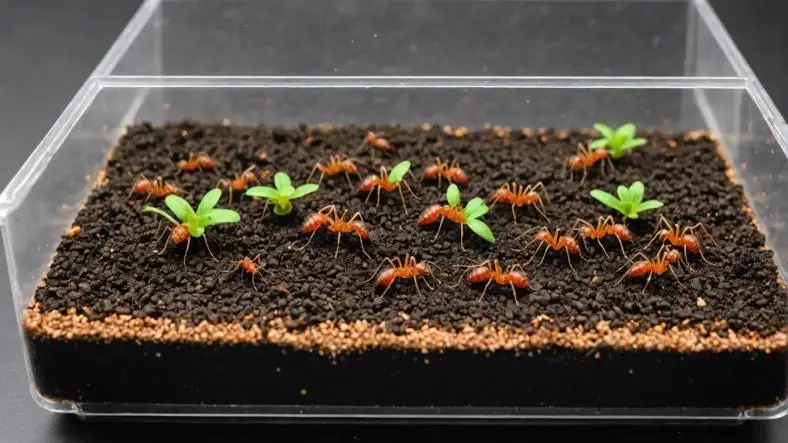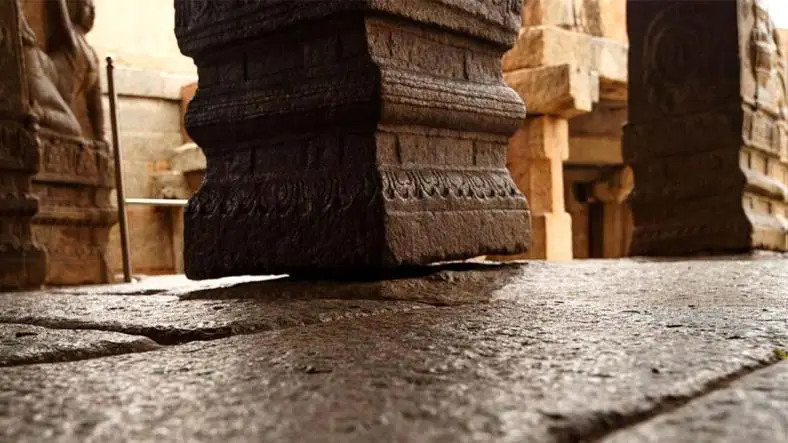Have you ever wondered what ants do underground, where we cannot see them? By making a simple DIY ant farm, you can peek into their busy little world and learn how they live, work, and build amazing colonies. This experiment is not only fun but also teaches us about teamwork, survival, and nature’s tiny engineers.
Materials You Will Need
- A clear glass jar or plastic container
- Clean sand or soil (slightly damp, not wet)
- A few sugar crumbs or small food bits
- Black paper (to cover the jar when not observing)
- Ants (collected carefully from your garden)
- Optional: A second smaller container inside the jar to give them space to tunnel around
Steps to Set Up Your DIY Ant Farm
- Prepare the container: Fill the jar with clean sand or soil, leaving some space at the top.
- Add ants: Collect about 20–30 ants gently from outside (use a spoon or small stick). Be careful not to hurt them.
- Provide food and water: Place a tiny drop of sugar water or a crumb of fruit for them to eat. Do not overfeed, or the ants may ignore building tunnels.
- Cover the jar: Wrap black paper around the outside to make it dark, just like underground. Remove the paper only when you want to observe.
- Watch them work: Over the next few days, observe how ants dig tunnels, create chambers, and move food around.
What to Observe
- How ants work together to dig tunnels.
- How they carry food and share it with other ants.
- How they create different chambers for resting, storing food, or laying eggs (if a queen is present).
- The way ants communicate with each other using their antennae.
The Science Behind It
Ants are social insects. This means they live and work together in large groups called colonies. Each ant has a special role:
- Worker ants: Dig tunnels, collect food, and care for young ants.
- Soldier ants: Protect the colony from danger.
- Queen ant: Lays eggs to grow the colony.
Through your ant farm, you can observe how even tiny creatures organize themselves and survive by teamwork and communication.
Safety and Care Tips
- Do not shake or drop the jar, as it can harm the ants.
- Do not place the jar in direct sunlight, as it may overheat.
- Provide a tiny drop of water every few days so they do not dry out.
- When you are finished observing, release the ants safely back into nature.
Conclusion
This experiment shows that science is all around us, even in the smallest creatures. By observing ants, children can learn valuable lessons about cooperation, problem-solving, and the importance of community. Keeping a science journal with drawings and notes about ant behavior makes the learning process even more meaningful. In the end, the ant farm teaches us that teamwork is not only important for ants, but also for humans in our everyday lives.
Thanks for reading the article, for more Science and Technology related articles read and subscribe to peoples blog articles.















